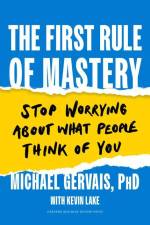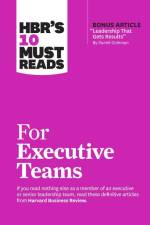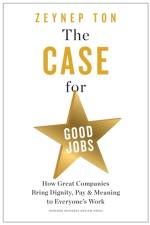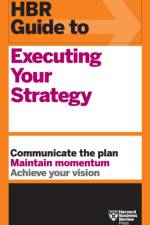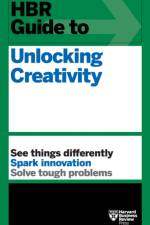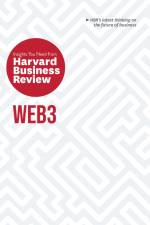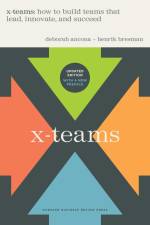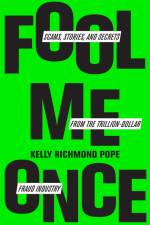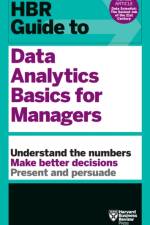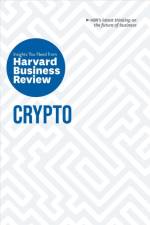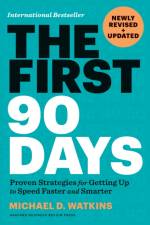av John Winsor
361
"As the pandemic waned, we returned to sparsely populated offices and empty conference rooms. Our working life had been transformed, seemingly overnight. But the truth is that the ever-growing digital wave has long been breaking down organizational boundaries and increasing open innovation, including the use of crowdsourcing platforms as a talent solution. Now the imperative is clear: adapt to and leverage this new, digitally enabled world of "open talent"-or get left behind. In this eye-opening, essential guidebook for the new world of work, John Winsor and Jin Paik, leaders at the Laboratory for Innovation Science at Harvard, show how the massive reset of the pandemic allowed talented workers everywhere to exit their jobs without leaving the workforce. Now some are freelancing for multiple companies or starting small businesses, leaving hiring managers scratching their heads over a workforce gone AWOL. What's more, talent has more power than ever using platforms such as Freelancer.com, Fiverr, and Upwork, setting their own terms for work: what, where, when, and at what price. How can companies adapt? The key, the authors argue, is shifting to a more "distributed" idea of the organization that revolves around talent (people) and projects, not divisions and offices. In this new model, which the authors call a networked organization, talent is culled from both inside and outside the organization, dispensing with siloed approaches to talent acquisition and instead viewing talent through a single lens: as a global ecosystem that can be tapped as needed. With rich stories, keen insights, and an abundance of practical advice, Winsor and Paik provide a new framework and operating model for transforming your organization into a talent-orchestrating, problem-solving machine"--



